Most Canadians don’t realize how much the little things add up until their budgets start to feel squeezed. Groceries, phone bills, and even morning coffees can quietly creep higher year after year, turning everyday spending into a bigger drain than expected. While wages haven’t kept pace, the cost of living has surged, forcing many families to rethink their habits. Here are 20 everyday Canadian expenses that quietly got out of control:
Groceries
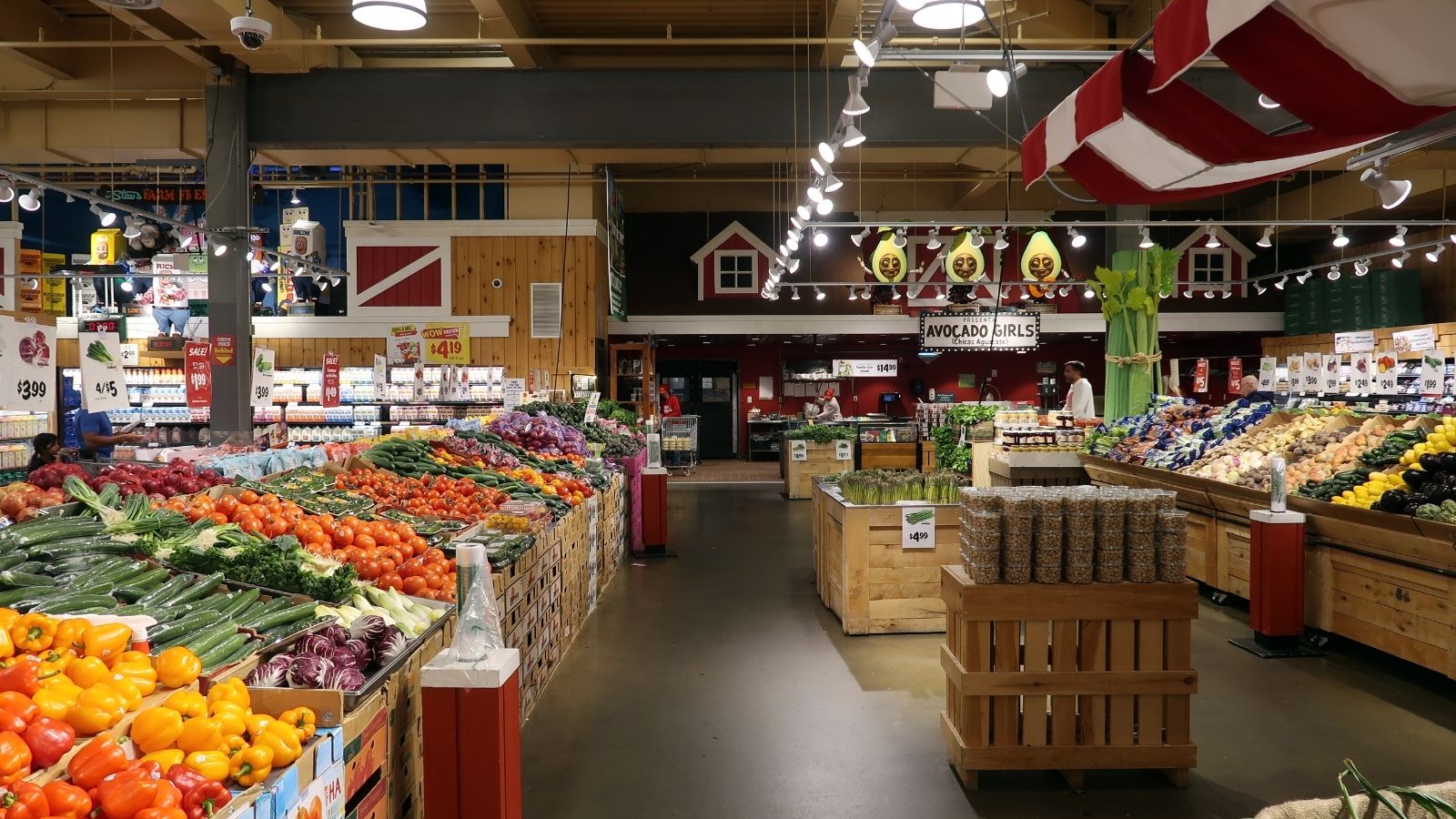
Canadians have felt sticker shock at the grocery store more than ever. Staples like bread, milk, and produce have surged in price, often climbing faster than official inflation rates. Supply chain issues and extreme weather have only made things worse. Many households are now spending hundreds more per month on basics compared to just a few years ago. With meat and fresh fruit often hitting luxury price points, Canadians are forced to adjust by cutting back, switching to frozen, or shopping at discount grocers. The weekly grocery run has become a budget-breaking routine.
Rent

For renters, affordability is becoming almost impossible. In cities like Toronto and Vancouver, average rents for a one-bedroom apartment can eat up more than half a worker’s monthly income. Even smaller cities and suburbs have seen steady increases as demand outpaces supply. Bidding wars for rentals are no longer rare, leaving many tenants paying hundreds more than they did just a year or two ago. This has led to more Canadians living with roommates, staying with family longer, or compromising on space and location.
Cell Phone Plans

Canada has some of the highest cell phone costs in the world, and bills continue creeping upward. Even basic plans with modest data can run over $70 a month, with family plans costing much more. Extra charges for roaming, overages, or premium services quickly add up. While new providers promise lower rates, big carriers still dominate, leaving Canadians with limited choices. Compared to Americans and Europeans who pay far less for similar coverage, Canadians often feel stuck paying inflated prices.
Gasoline
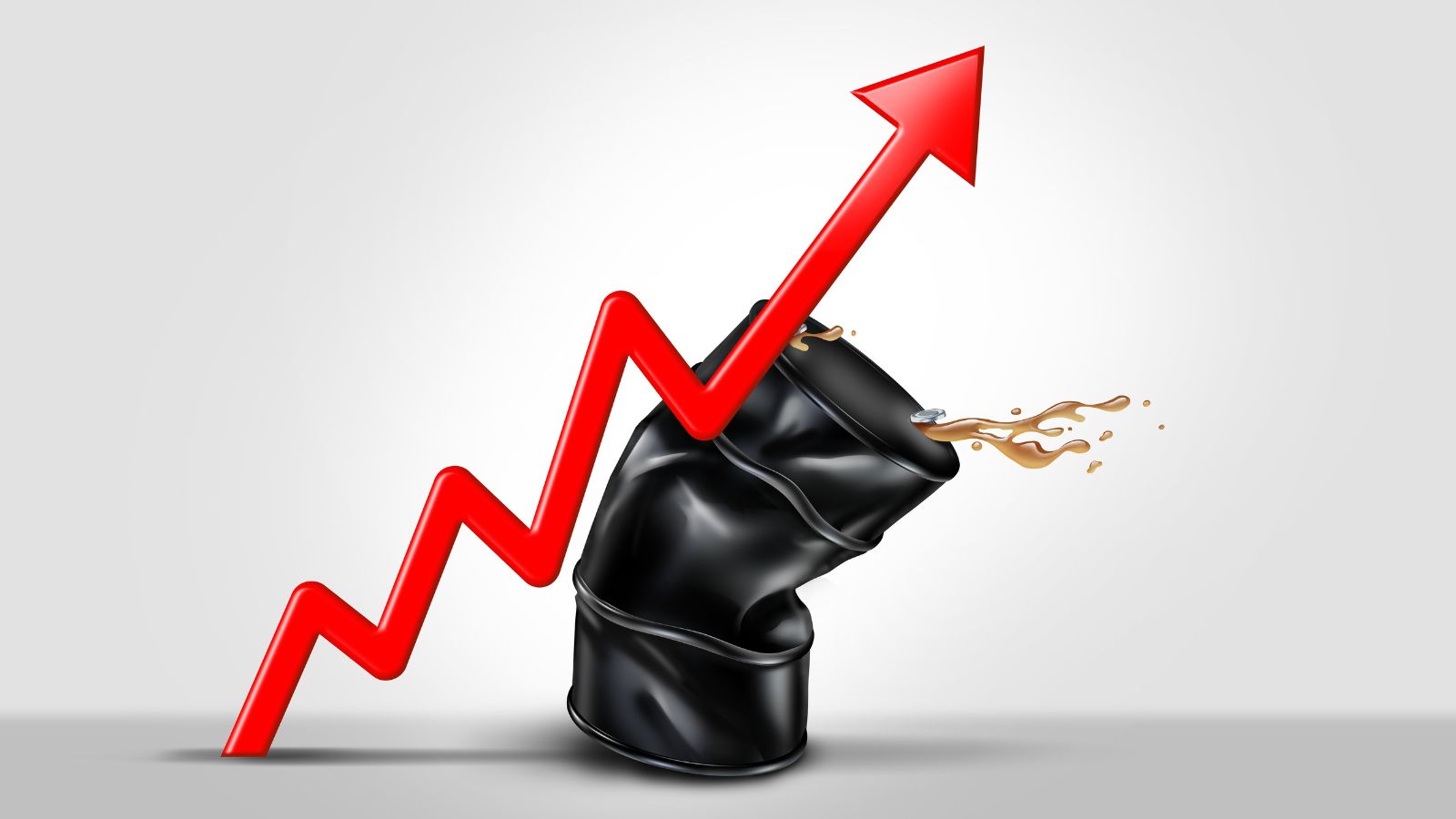
Driving has become far more expensive thanks to volatile gas prices. Fluctuations at the pump can mean an extra $30-$50 a week for commuters. Taxes, global oil shifts, and carbon pricing all contribute, leaving Canadians paying more per liter than they’d like. For those living outside major cities with limited transit, there’s little choice but to absorb the cost, as even fuel-efficient vehicles cannot shield drivers entirely. Families who once budgeted comfortably for gas are now feeling the squeeze every time they fill up, and for many, driving is no longer an affordable necessity.
Utilities
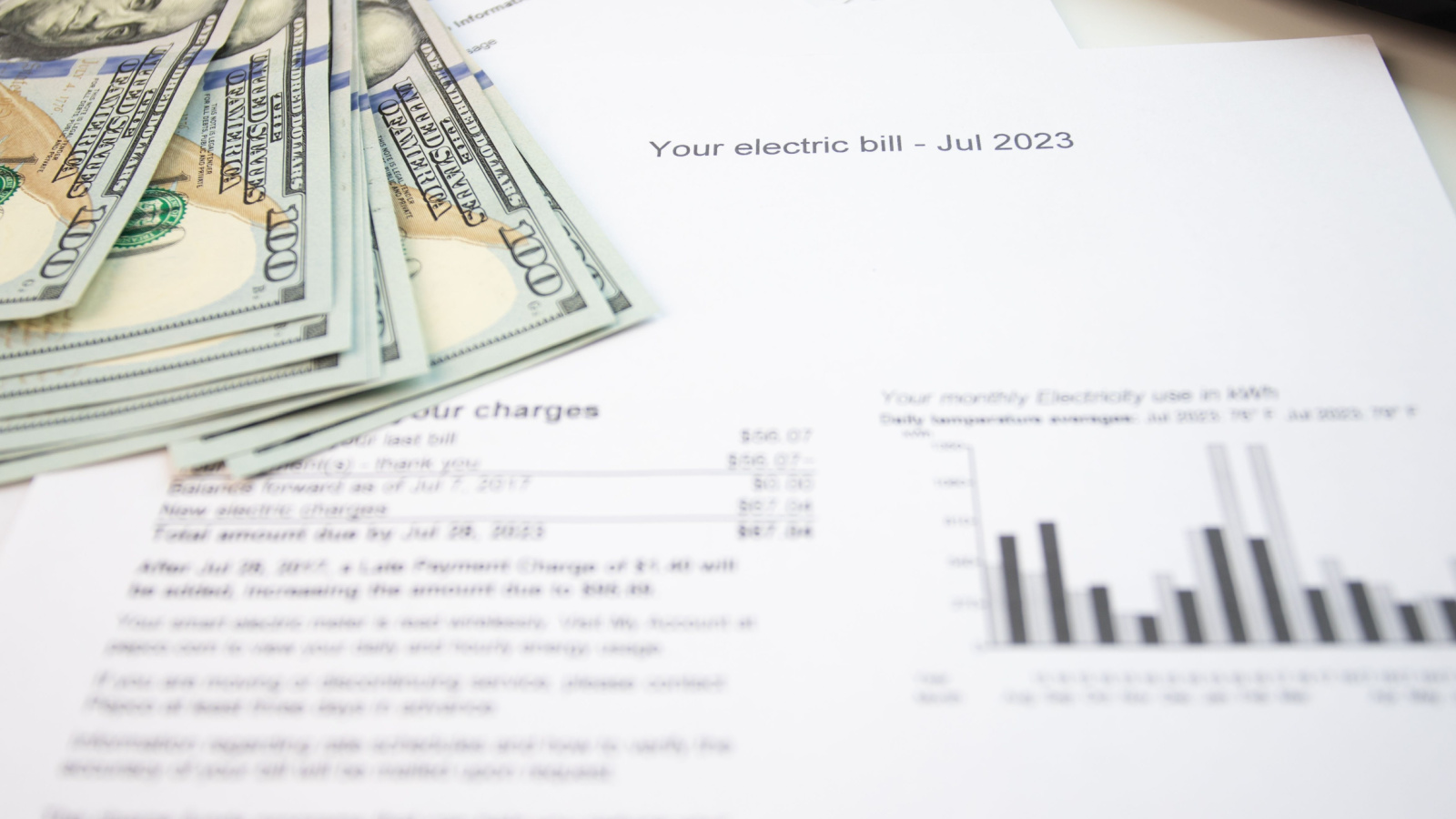
Heating, electricity, and water bills have all crept higher, making it harder for households to manage month to month. Cold winters and hot summers only push energy use up, while rates continue climbing. Even small increases can add hundreds of dollars annually. Families are trying to conserve by turning down thermostats, upgrading insulation, or installing energy-efficient appliances, but with many charges set by provincial utilities, Canadians have little control. What used to be a predictable expense has become another unpredictable drain, leaving homeowners and renters alike struggling to keep the lights on.
Coffee Runs

Grabbing a coffee once felt like a harmless daily treat, but it has quietly become a costly habit. A latte or specialty drink often costs $5 or more, and over the course of a month, that adds up to well over $100. Even Tim Hortons’ prices have climbed, with basic coffees no longer the budget-friendly option they once were. Canadians still love their daily caffeine fix, but many are shocked when they realize how much of their budget is going to coffee shops.
Streaming Services
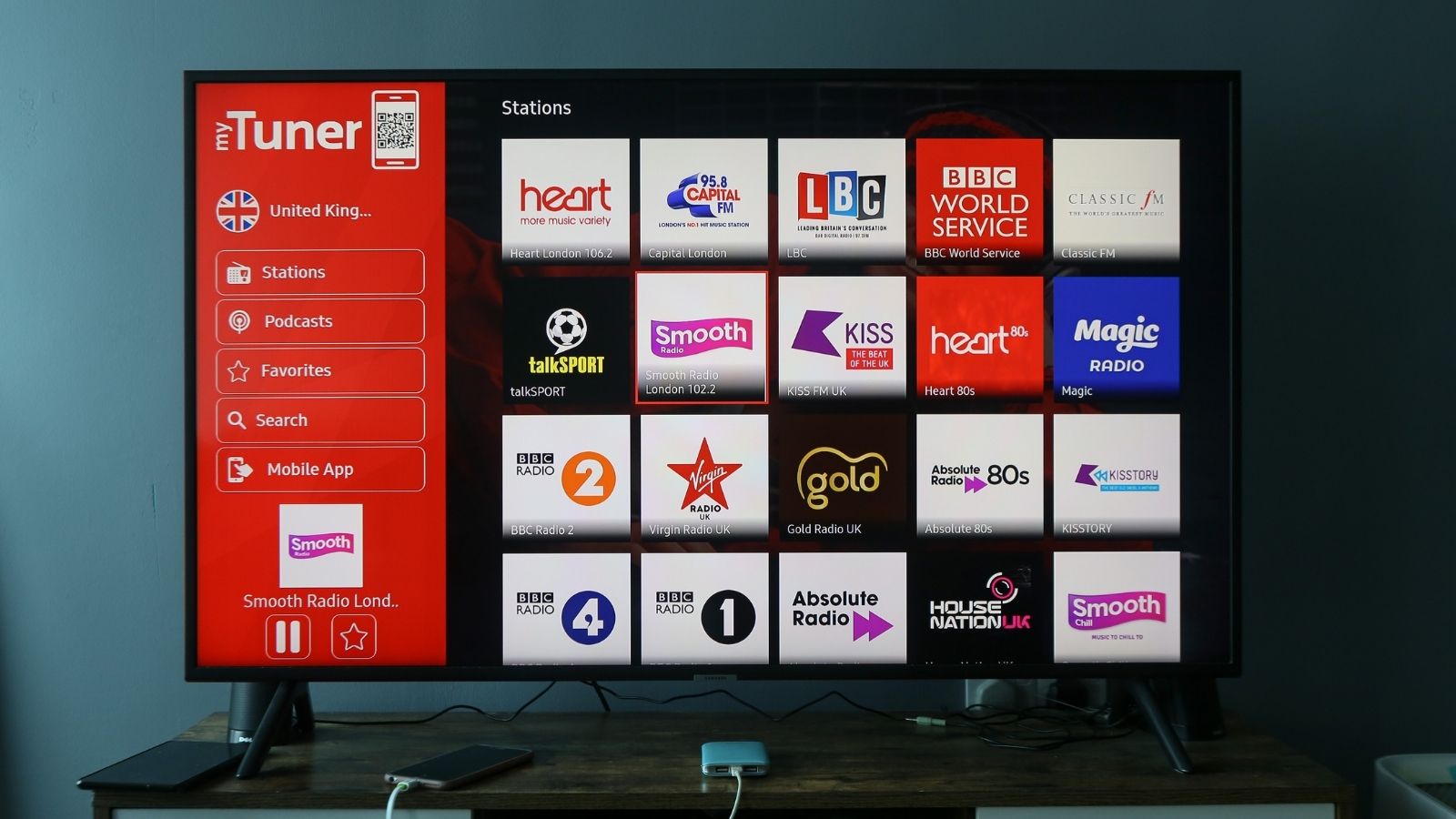
Streaming was supposed to save money compared to cable, but many Canadians now pay more than ever. Netflix, Disney+, Crave, Prime, and new add-ons like sports or premium channels can push monthly bills past $100. Price hikes are frequent, and password-sharing crackdowns mean more people are forced to subscribe separately. What started as a simple way to cut costs has turned into another bloated monthly expense. Canadians love their shows, but with so many subscriptions piling up, streaming has become a budget line item that’s out of control.
Insurance Premiums

Whether it’s auto, home, or tenant insurance, Canadians are seeing steady increases in premiums. Rising claims from extreme weather events, higher repair costs, and inflation have all contributed to increased rates. In some regions, drivers are paying thousands a year just to keep their cars insured, while homeowners in flood- or fire-prone areas are also facing steep hikes. Insurance is a necessity, but many Canadians are now struggling to fit it into their budgets. What was once a manageable expense has become another source of financial stress that’s hard to escape.
Dining Out

Eating at restaurants has become noticeably pricier. Even casual meals now regularly top $20 per person, with fast food prices edging toward those of sit-down restaurants. Rising labor and ingredient costs mean menus everywhere have been adjusted upward. For families, a simple dinner out can easily hit $80-$100, and while Canadians still enjoy dining out, many are cutting back to occasional treats rather than regular outings. The social experience of grabbing food with friends or family remains appealing, but the bills are harder to stomach, as dining out becomes a luxury rather than a routine.
Public Transit

Public transit was once the affordable alternative to driving, but fare increases are making it less budget-friendly. Monthly passes in cities like Toronto or Vancouver can cost over $150, and additional zone charges add up for commuters. Service cuts and delays only frustrate riders, paying more for less. For students and workers who rely on transit daily, these costs eat into already tight budgets. While still cheaper than owning a car, transit is no longer the low-cost option it once was, and continued rising fares are prompting many to reconsider their commute.
Prescription Drugs

Canada’s lack of universal drug coverage means prescription costs continue to climb. Even with insurance, co-pays and uncovered medications can run into hundreds of dollars a month. For seniors and families with chronic conditions, the expenses add up quickly. Brand-name drugs especially carry a hefty price tag. Many Canadians are forced to make tough choices, cutting back on other essentials to cover prescriptions. While the healthcare system is admired worldwide, the gap in drug affordability is becoming a growing concern.
Alcohol

Whether at restaurants, bars, or the liquor store, alcohol prices in Canada remain among the highest in the world. Taxes play a big role, with excise increases regularly pushing costs higher, as a case of beer or a bottle of wine often costs significantly more than in the U.S., leaving many Canadians feeling shortchanged. Going out for drinks is even pricier, with cocktails often hitting $15 or more in big cities. For social Canadians, this expense can balloon quickly, as what was once a casual Friday night outing turns into a financial strain.
Childcare
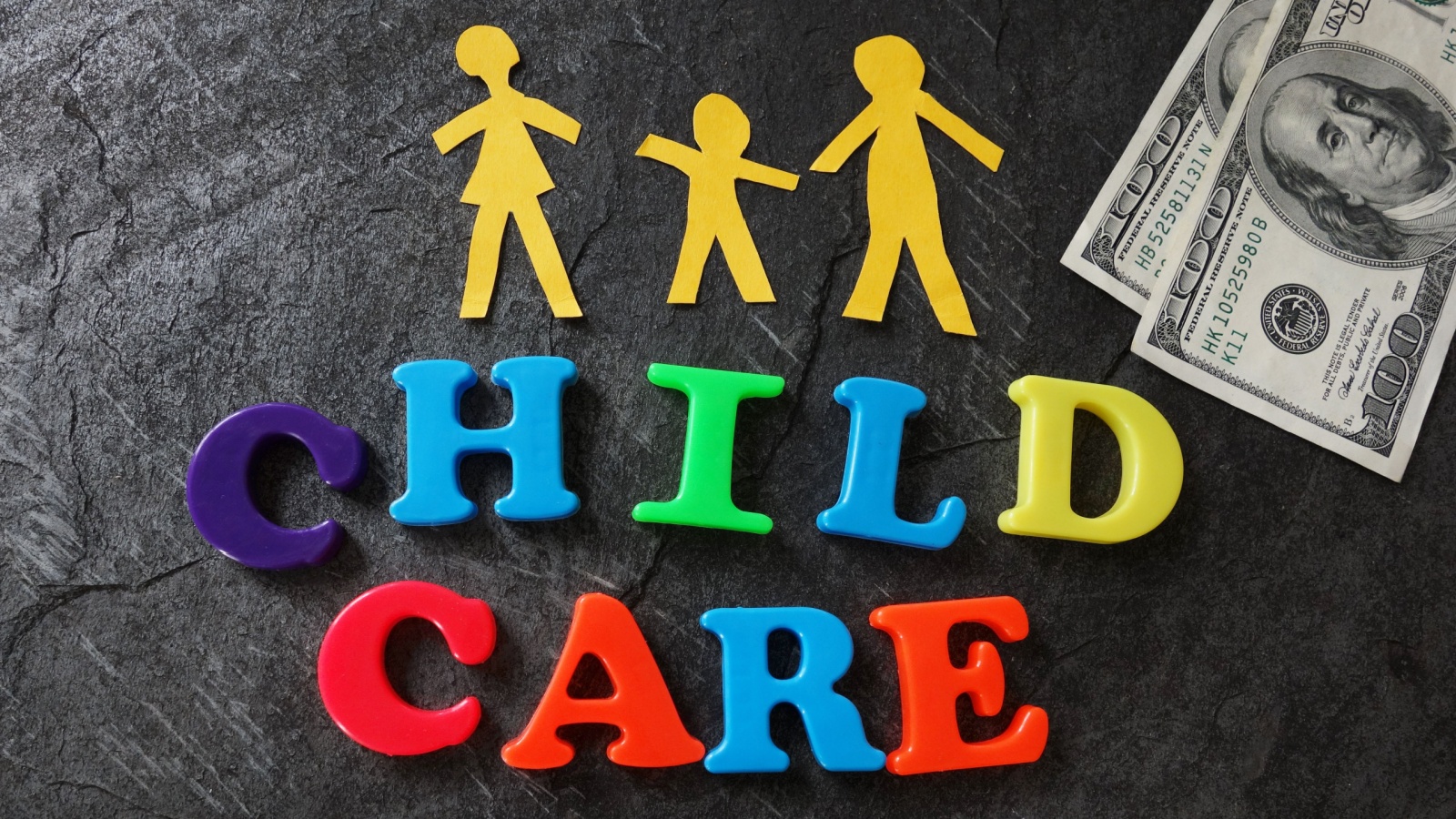
For parents, childcare is one of the most overwhelming expenses. In many cities, full-time daycare costs can exceed $1,000 per month per child, and even with government subsidies being rolled out, availability remains limited, leaving many families to pay high private rates. Parents often juggle multiple jobs or rely on relatives to offset costs, and without affordable childcare, families find it harder to save or invest. While the federal plan promises long-term relief, current costs continue to be a massive burden. Childcare is one of those everyday needs that has spiraled far beyond what many households can handle.
Internet Bills

Like cell phones, internet costs in Canada are among the steepest globally. Monthly bills for reliable high-speed service often exceed $100, especially in households that stream or work from home. Rural areas face even higher prices for slower speeds, adding frustration. Price increases are frequent, and bundling rarely delivers the savings advertised. With the internet now essential for school, work, and entertainment, Canadians feel trapped by limited options and high fees. What used to be an optional luxury has become an overpriced necessity that households can’t avoid paying for.
Clothing
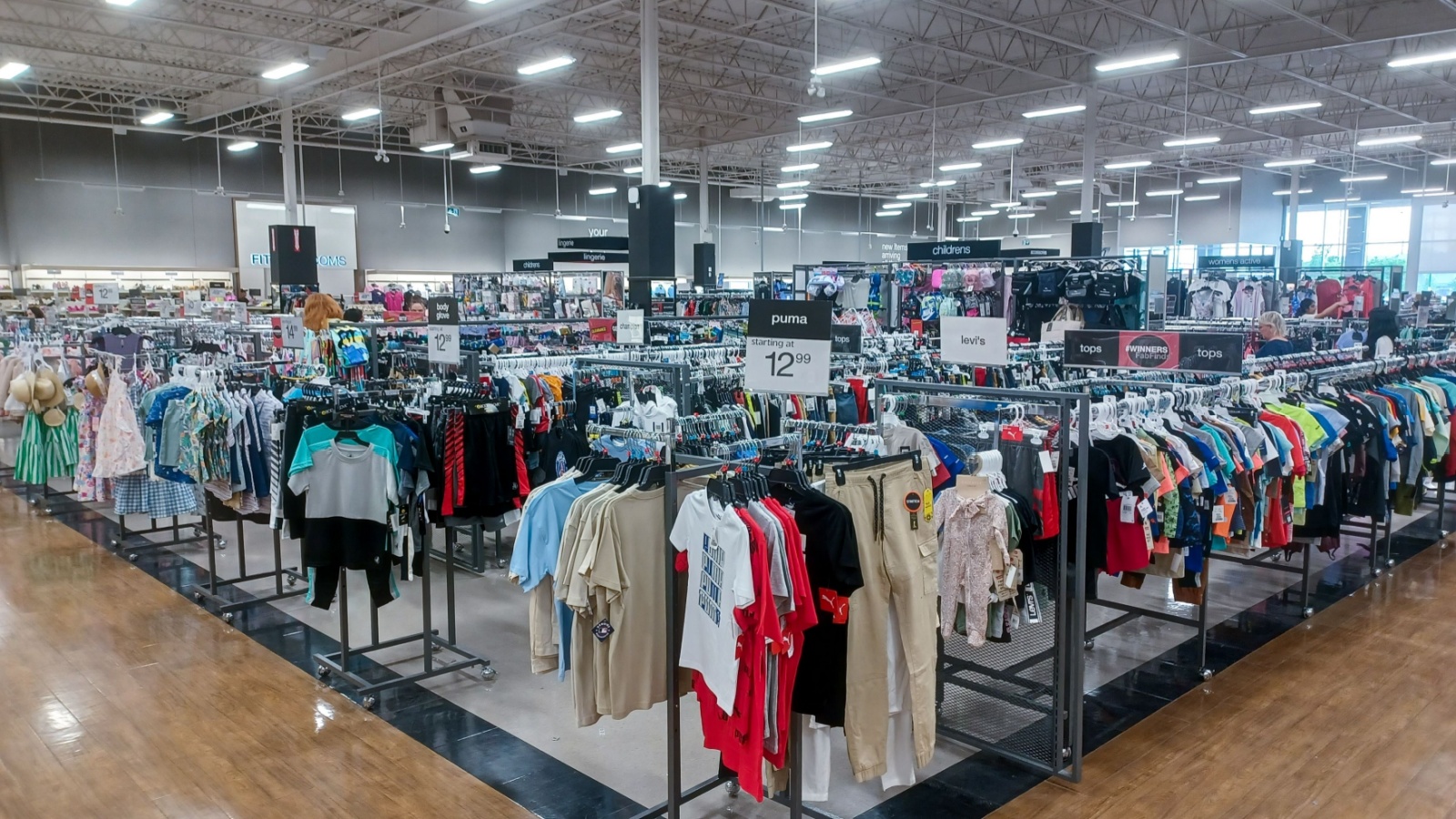
Clothing expenses have climbed, even for basic items. Inflation and rising production costs mean jeans, coats, and shoes all carry higher price tags than just a few years ago. Many Canadians also face Canadian pricing, where identical items cost significantly more than in the U.S. Fast fashion once offered relief, but rising costs there, too, have shrunk savings. With kids outgrowing clothes quickly and seasonal needs like winter coats unavoidable, families often find clothing budgets stretched thin.
Personal Care Products

Toiletries, skincare, and household essentials are costing more with every grocery trip. Shampoo, toothpaste, razors, and cleaning supplies, which were items once barely noticed on receipts, are now taking a bigger bite. Many products are priced higher in Canada than abroad, leaving shoppers frustrated, while even store-brand alternatives have also increased in price. Canadians are turning to bulk buying at places like Costco to offset costs, but not everyone has the means or space. What was once background spending has become a noticeable drain, proving that even small daily essentials can spiral into major budget items.
Gym Memberships

Health and fitness remain a priority, but the cost of staying active has surged. Gym memberships in many Canadian cities run $50 to $100 per month, and boutique studios often charge much more. Add-on fees for classes, equipment, or locker access only increase the bill. For many, fitness apps and at-home workouts are cheaper alternatives, but the traditional gym experience still appeals. The challenge is justifying the rising costs in an already tight budget.
Auto Repairs

Keeping a car on the road has become significantly more expensive. Repair and maintenance costs have increased due to pricier parts, labor shortages, and the advancement of vehicle technology. Even routine services like oil changes or brake replacements can set drivers back hundreds of dollars. For families already burdened with high gas and insurance costs, unexpected repairs are financial gut punches. Many Canadians delay maintenance, which often leads to bigger problems down the road, and what was once a manageable part of car ownership is now an unpredictable and often overwhelming expense.
Housing Costs

Beyond rent, homeowners are feeling the strain from rising mortgage payments, property taxes, and maintenance expenses. Interest rate hikes have doubled or even tripled monthly mortgage bills for some families, while property taxes in growing cities keep climbing, and repairs and upkeep are more expensive than ever. Canadians who stretched their budgets to buy homes during the market peak now find themselves struggling to keep up. Housing, once considered a stable investment, has quietly turned into one of the most unpredictable and draining expenses in everyday Canadian life.
Bank Fees

Even basic banking comes at a higher price in Canada. Monthly account fees, ATM charges, and transaction penalties quickly pile up. While some banks offer no-fee accounts, hidden charges often catch customers off guard. Compared to other countries where free checking is common, Canadians pay far more to access their own money. For families already watching every dollar, bank fees feel like a frustrating and unnecessary burden that is quietly eating away at household budgets.
21 Products Canadians Should Stockpile Before Tariffs Hit

If trade tensions escalate between Canada and the U.S., everyday essentials can suddenly disappear or skyrocket in price. Products like pantry basics and tech must-haves that depend on are deeply tied to cross-border supply chains and are likely to face various kinds of disruptions
21 Products Canadians Should Stockpile Before Tariffs Hit
